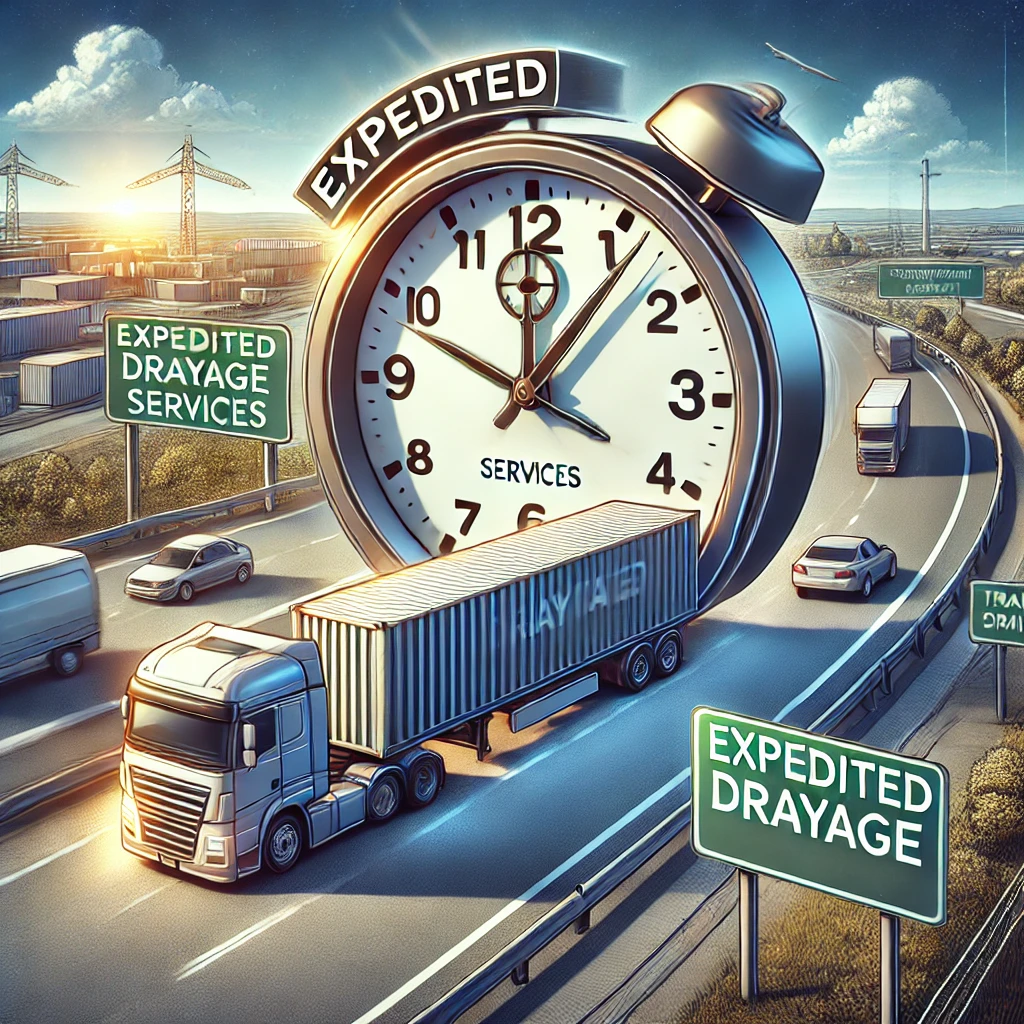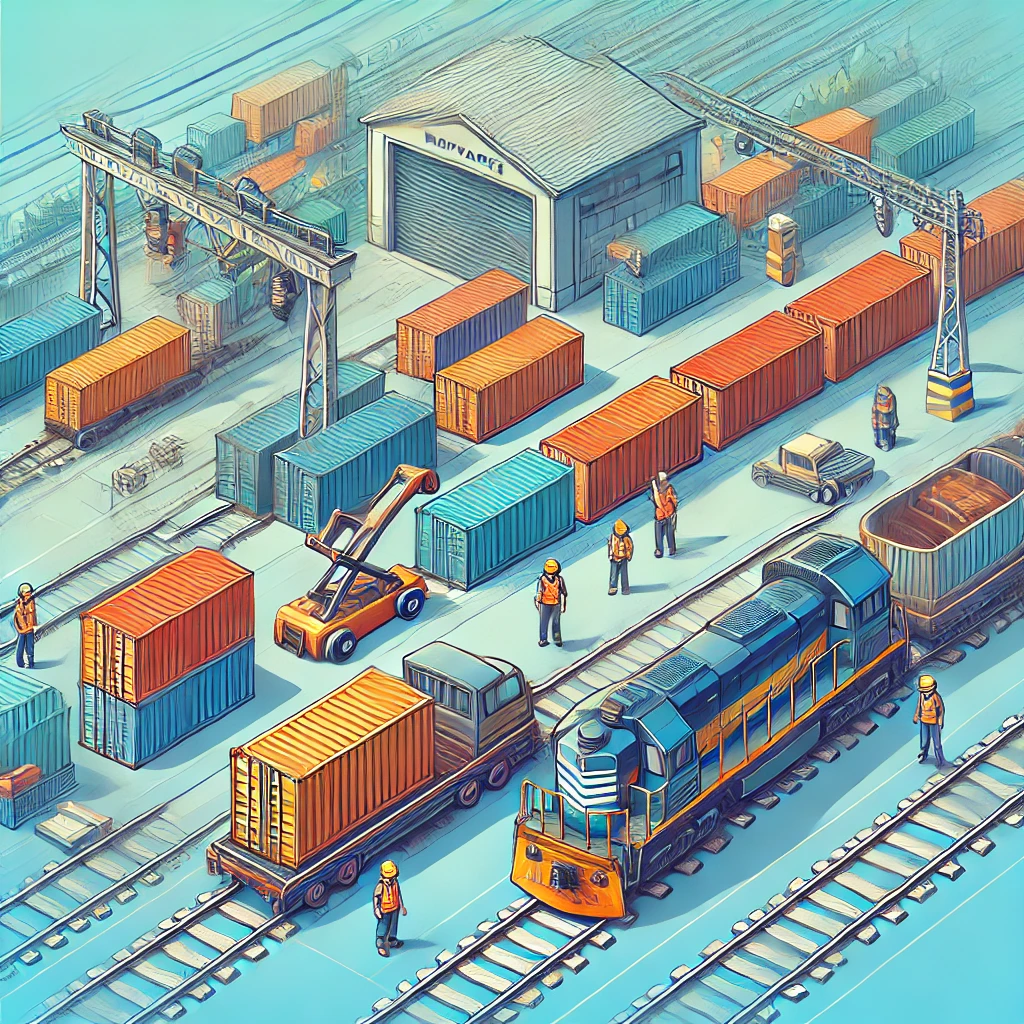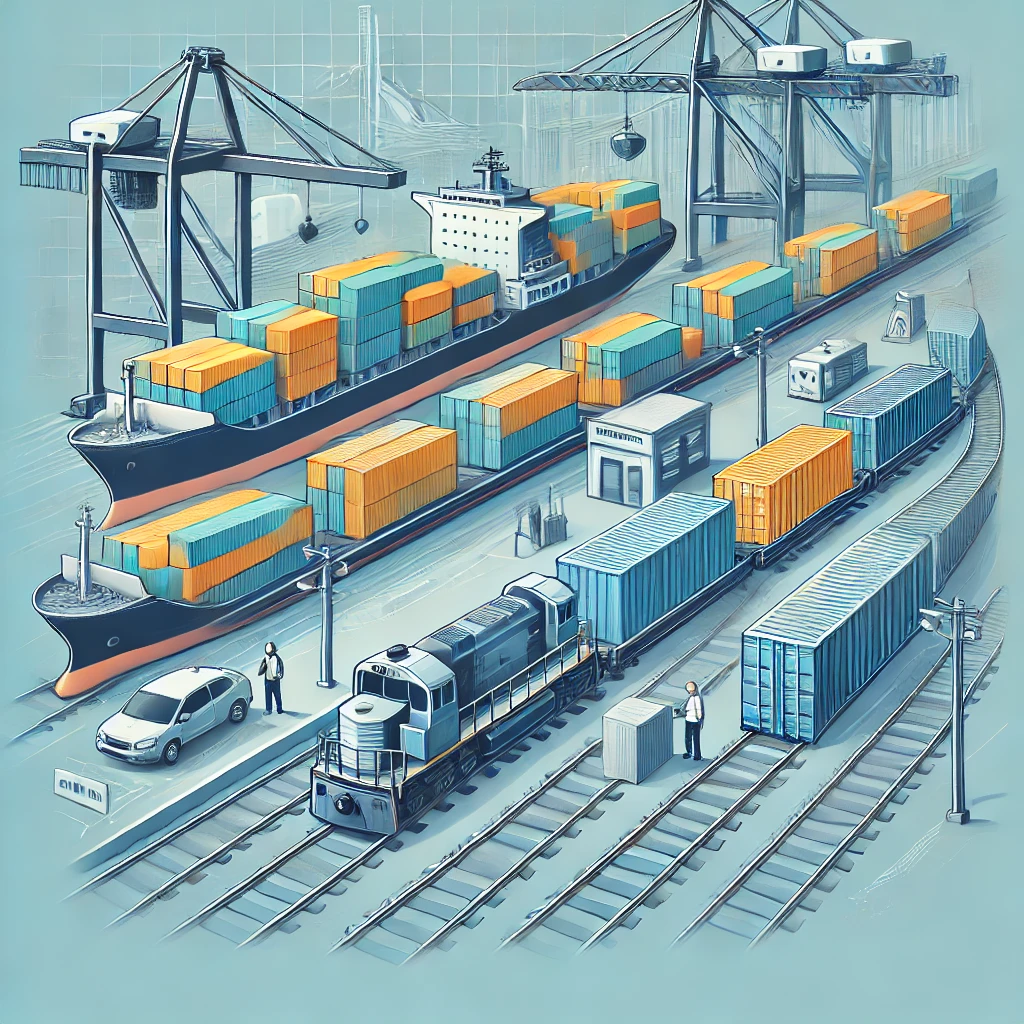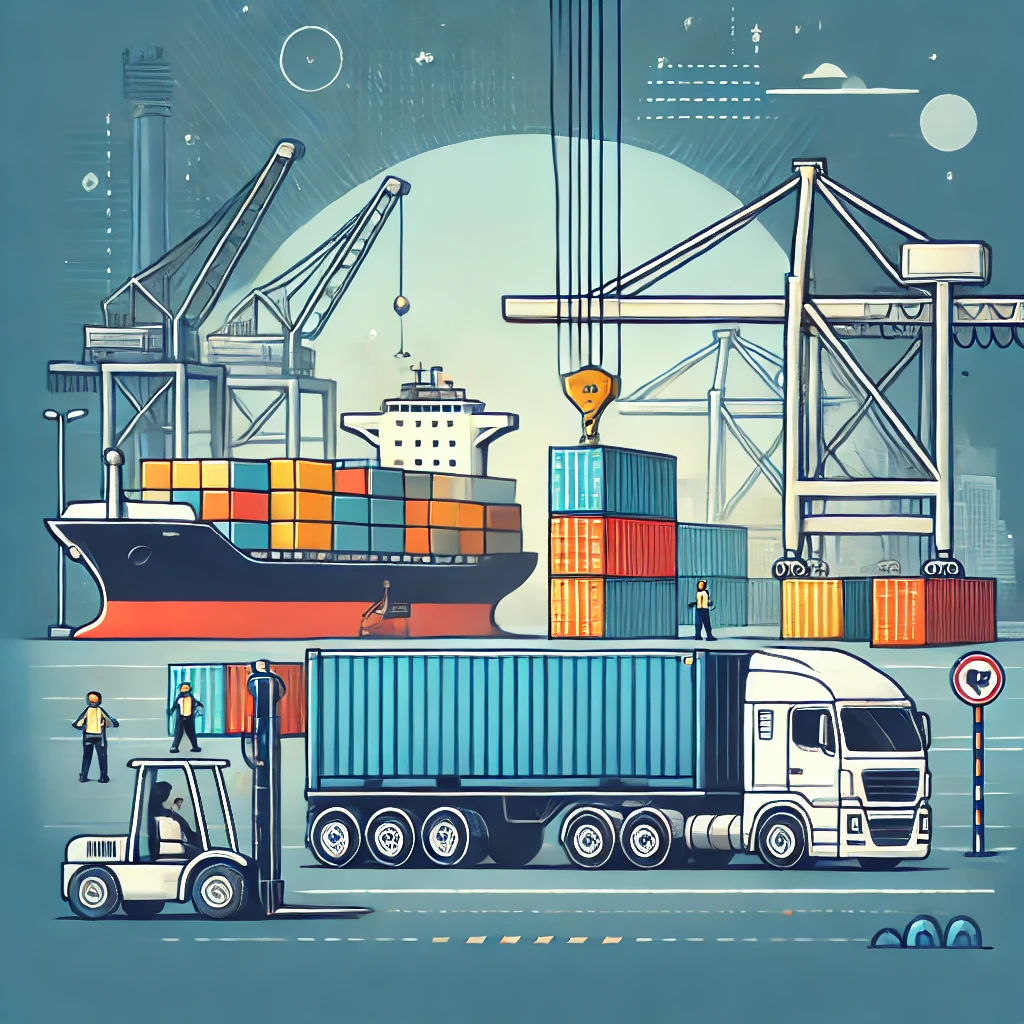Drayage Services and Types: Navigating the Short-Haul Landscape

Understanding Drayage Services
Drayage services encompass the short-distance transportation of containerized cargo, typically within a single metropolitan area. These services are vital in bridging the gap between different modes of transportation, ensuring that goods move efficiently from ports and rail yards to their final destinations.
Types of Drayage Services
The drayage industry offers various specialized services to meet different logistical needs. Let’s explore the main types:
1. Container Drayage
Container drayage is perhaps the most common type of drayage service. It involves the transportation of standardized shipping containers over short distances.
Key features:
- Typically moves 20-foot, 40-foot, or 45-foot containers
- Often involves transport between ports, rail yards, and distribution centers
- Requires specialized equipment like container chassis
Challenges:
- Managing empty container returns
- Coordinating with port and rail yard schedules
- Ensuring proper container handling and security
2. Intermodal Drayage
Intermodal drayage focuses on moving cargo between different modes of transportation, such as from ships to trains or from trains to trucks.
Key features:
- Facilitates seamless transitions between transportation modes
- Often involves strict scheduling to meet rail or ship departures
- Requires knowledge of multiple transportation systems
Challenges:
- Coordinating with multiple transportation providers
- Managing tight schedules and potential delays
- Ensuring compatibility between different transportation modes
3. Rail Drayage
Rail drayage specifically deals with the movement of containers to and from rail yards.
Key features:
- Connects rail transportation with local delivery or pickup points
- Often involves large volumes of containers
- Requires coordination with rail schedules and operations
Challenges:
- Managing congestion at busy rail yards
- Coordinating with rail companies’ schedules and procedures
- Handling specialized rail-to-truck transfer equipment
4. Pier Drayage
Pier drayage, also known as port drayage, involves the movement of containers to and from seaports.
Key features:
- Crucial for international shipping operations
- Often involves customs clearance processes
- Requires familiarity with port operations and regulations
Challenges:
- Dealing with port congestion and delays
- Navigating complex port security and customs procedures
- Managing the high volume of containers at busy ports
5. Shuttle Drayage
Shuttle drayage involves the continuous movement of containers between two nearby points, often within a single facility or between closely located facilities.
Key features:
- High-frequency, short-distance movements
- Often used in large port complexes or distribution centers
- Requires efficient scheduling and route optimization
Challenges:
- Maintaining consistent schedules despite potential disruptions
- Optimizing routes for maximum efficiency
- Managing driver fatigue in repetitive short-haul operations
6. Expedited Drayage
Expedited drayage services cater to time-sensitive shipments that require rapid transportation.
Key features:
- Prioritizes speed and timely delivery
- Often involves special handling or security measures
- May require dedicated equipment and drivers
Challenges:
- Meeting tight deadlines while ensuring safety and compliance
- Managing higher costs associated with priority service
- Coordinating with other expedited services in the supply chain

The Role of Technology in Modern Drayage Services
As the drayage industry evolves, technology is playing an increasingly important role in optimizing operations and overcoming challenges. Linbis is at the forefront of this technological revolution, offering innovative solutions that are transforming drayage services:
1. Real-time Tracking and Visibility
Linbis’s advanced tracking system provides real-time updates on container locations and statuses. This enhanced visibility allows for:
- Better coordination between drayage providers and their clients
- Proactive management of potential delays or issues
- Improved planning and resource allocation
2. Automated Dispatching and Routing
Linbis’s AI-powered dispatching system optimizes the allocation of drivers and equipment, considering factors such as:
- Current traffic conditions
- Driver availability and hours of service
- Equipment locations and types
- Pickup and delivery schedules
This automation leads to more efficient operations and reduced empty miles.
3. Digital Documentation and Processes
Linbis’s platform digitizes traditionally paper-based processes, offering benefits such as:
- Faster processing of shipments at ports and rail yards
- Reduced errors in documentation
- Easier compliance with regulations and reporting requirements
4. Predictive Analytics
By analyzing historical data and current trends, Linbis’s system can:
- Anticipate potential bottlenecks or disruptions
- Suggest proactive measures to mitigate risks
- Optimize resource allocation based on predicted demand
5. Integration with Other Systems
Linbis’s platform seamlessly integrates with other transportation management systems, enabling:
- Smooth information flow across the entire supply chain
- Better coordination between drayage operations and other logistics processes
- Enhanced overall supply chain visibility and control
Choosing the Right Drayage Service
Selecting the appropriate drayage service is crucial for efficient supply chain operations. Consider the following factors:
- Type of Cargo: Different types of containers or specialized cargo may require specific drayage services.
- Volume and Frequency: High-volume, regular shipments might benefit from dedicated shuttle services, while occasional shipments might use standard container drayage.
- Time Sensitivity: Expedited drayage services may be necessary for urgent shipments.
- geographical Considerations: The locations of ports, rail yards, and final destinations will influence the type of drayage service needed.
- Intermodal Requirements: If your shipments involve multiple transportation modes, intermodal drayage services may be essential.
- Technological Capabilities: Consider providers like Linbis that offer advanced tracking and optimization capabilities.

The Future of Drayage Services
As global trade continues to grow and supply chains become more complex, drayage services will evolve to meet new challenges and opportunities:
- Sustainable Drayage: Expect a shift towards electric and alternative fuel vehicles to reduce environmental impact.
- Autonomous Vehicles: Self-driving trucks may revolutionize short-haul transportation, potentially reducing costs and improving safety.
- Enhanced Data Analytics: More sophisticated use of data will lead to even greater efficiencies in routing, scheduling, and resource allocation.
- Blockchain Integration: Secure, transparent record-keeping could streamline documentation processes and improve trust among stakeholders.
- Last-Mile Integration: Drayage services may expand to include more last-mile delivery options, especially in urban areas.

Conclusion
Drayage services form a critical link in modern supply chains, facilitating the smooth movement of goods across different transportation modes. From container drayage to specialized intermodal services, each type of drayage plays a unique role in keeping cargo flowing efficiently.
As the industry faces challenges such as port congestion, driver shortages, and increasing regulatory requirements, innovative solutions like those offered by Linbis are becoming increasingly important. By leveraging advanced technology for real-time tracking, automated dispatching, and predictive analytics, Linbis is helping drayage providers optimize their operations and overcome these challenges.
For shippers, carriers, and logistics providers, understanding the nuances of different drayage services and embracing technological advancements is key to maintaining a competitive edge in today’s fast-paced global marketplace. As we look to the future, the continued evolution of drayage services, driven by innovations in technology and sustainability, will play a crucial role in shaping the efficiency and reliability of global supply chains.
